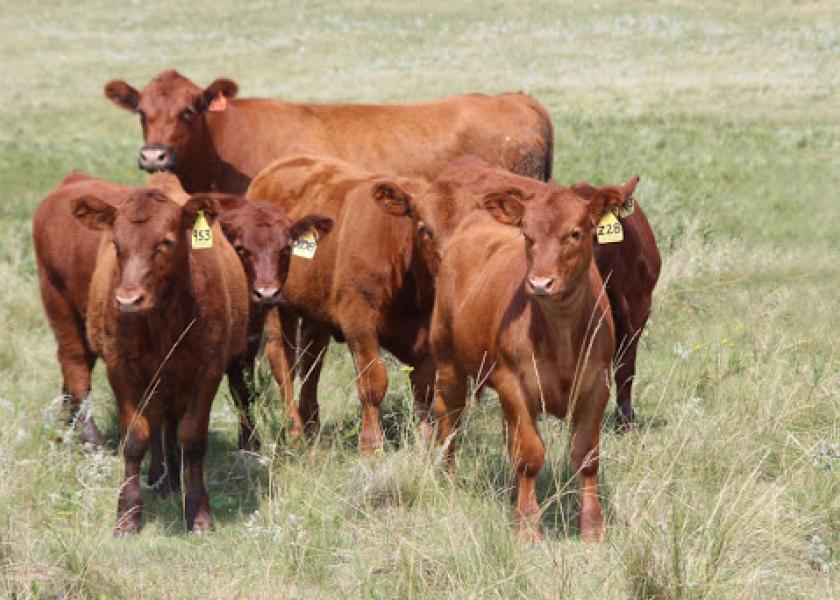Plan to Meet Weaning Challenges

Weaning spring calves may be more of a challenge this year because of short pasture supplies and the questionable nutritional value of this year’s hay crop.
“Pay very close attention to body condition score in September and be prepared to wean, if necessary,” said Gene Schmitz, University of Missouri Extension livestock specialist in Sedalia.
Schmitz recently worked through a feeding scenario for a producer that highlights some significant points.
The producer provided a forage analysis of some rye hay. It was very low in protein (6.1%) and energy (47% total digestible nutrients). “That is not surprising based on the wet spring and subsequent delays in getting hay harvested,” Schmitz said. “His plan is to feed this to dry, spring-calving cows this winter.”
Three different feeding options were explored, based on the body condition score (BCS) of the cows:
• If the cows are in adequate body condition, BCS 5, the supplemental feed need for this hay is 4 pounds per head per day of a mix of one-third each corn gluten feed, soybean hull pellets and rolled corn to meet nutrient requirements of mid-gestation cows.
• If the cows are thin and body condition needs to be added, the rate of body condition score increase is important. Adding one-fourth BCS per month, about 20 to 25 pounds of cow gain per month, requires the supplement feeding rate to increase to 7 pounds per head per day of the one-third commodity mix mentioned above.
• Assuming the cows need to add BCS at the rate of one-half BCS per month, approximately 40 to 50 pounds of gain per month, the supplement rate jumps to 10 pounds per head per day of the one-third commodity mix.
How can producers prevent getting themselves into this box?
“Simply do not let BCS slip on the cows to the extent that extreme feeding measures are needed to correct the problem,” Schmitz said.







